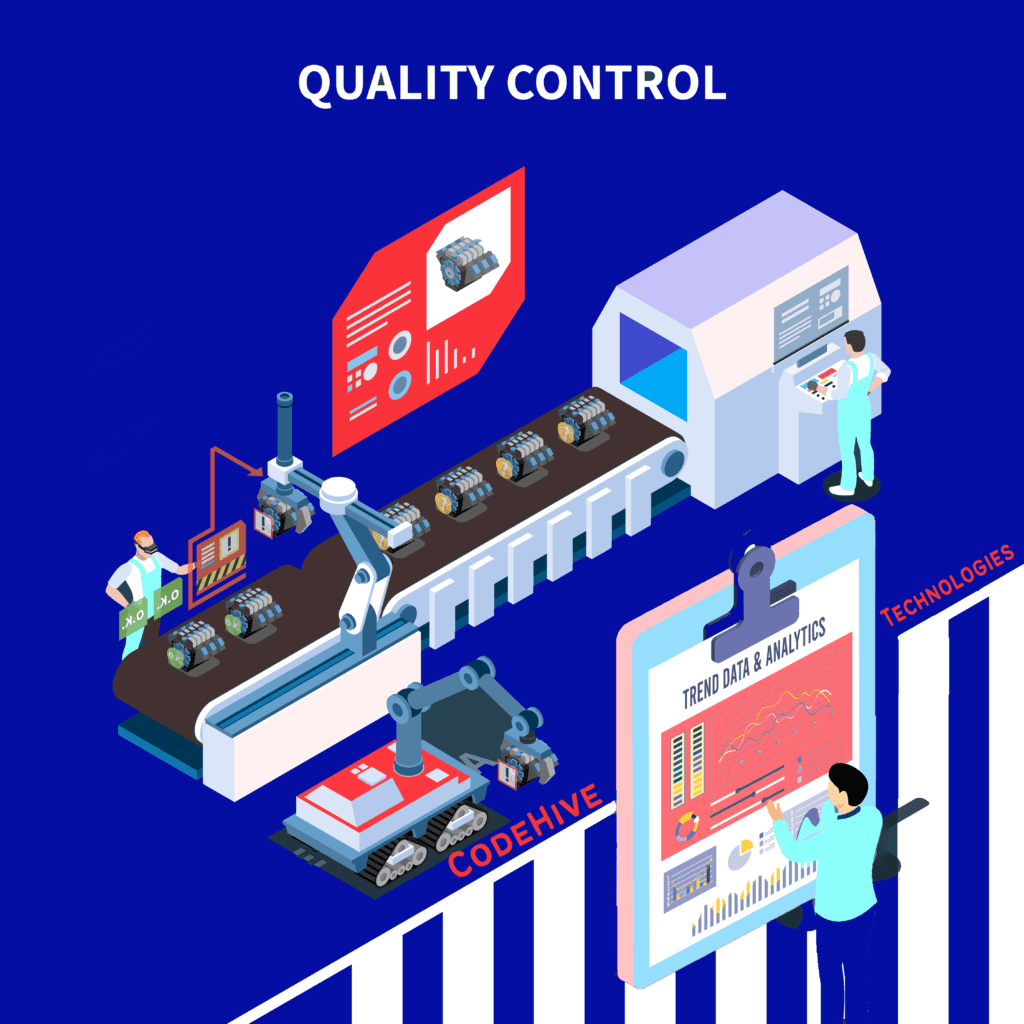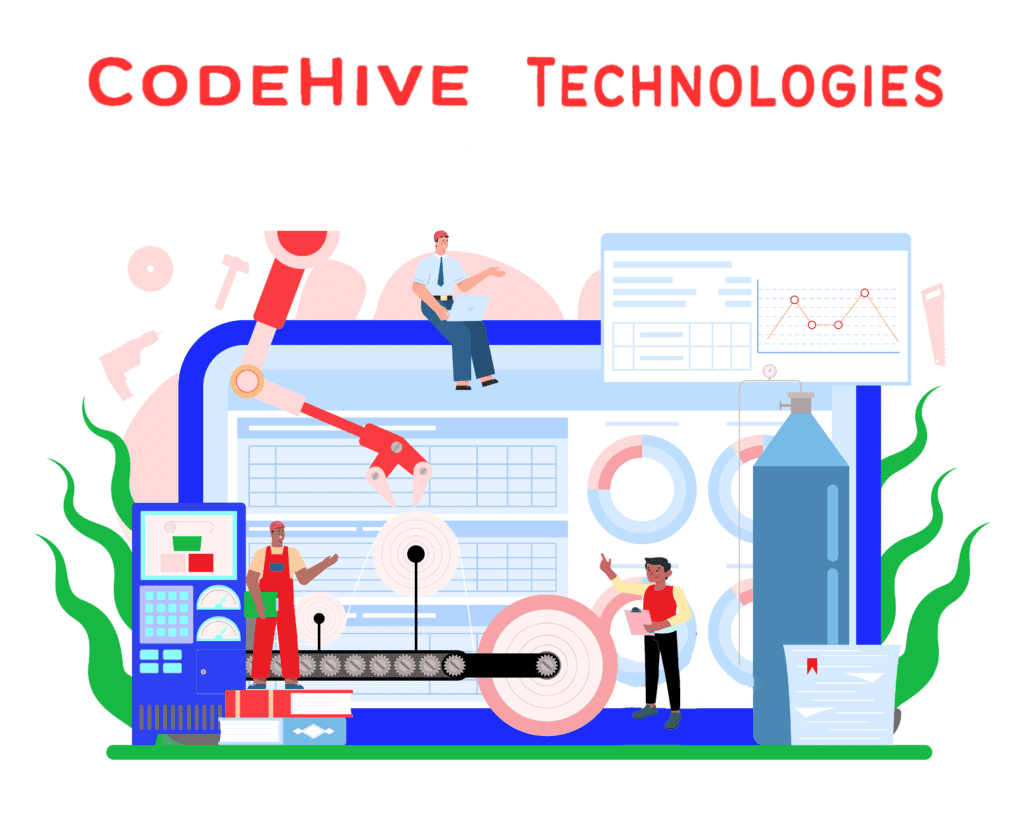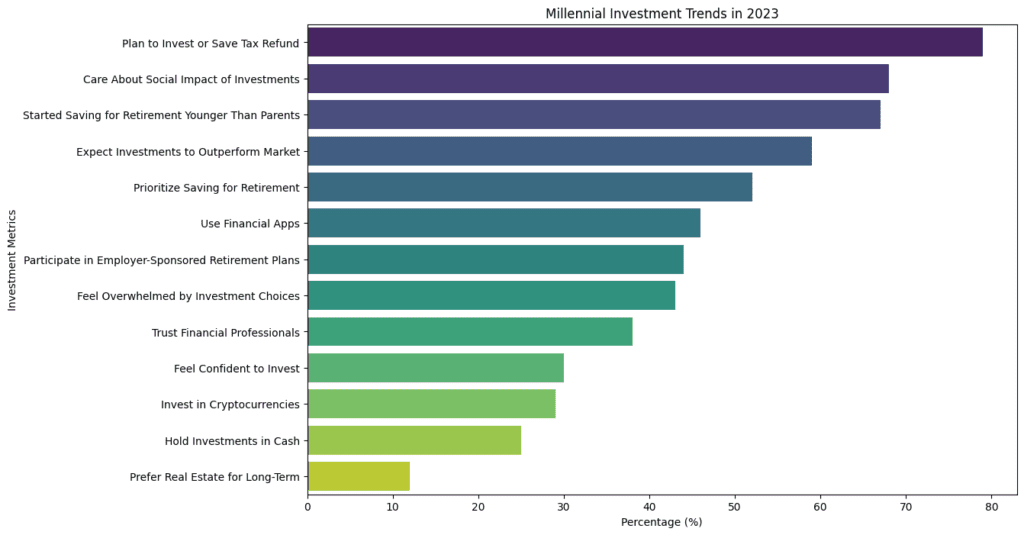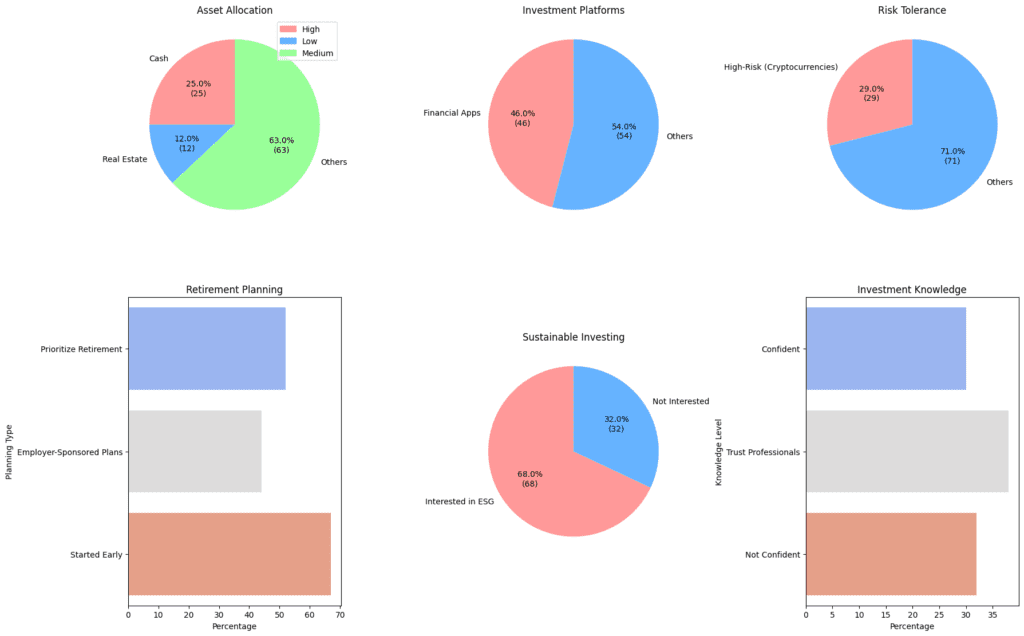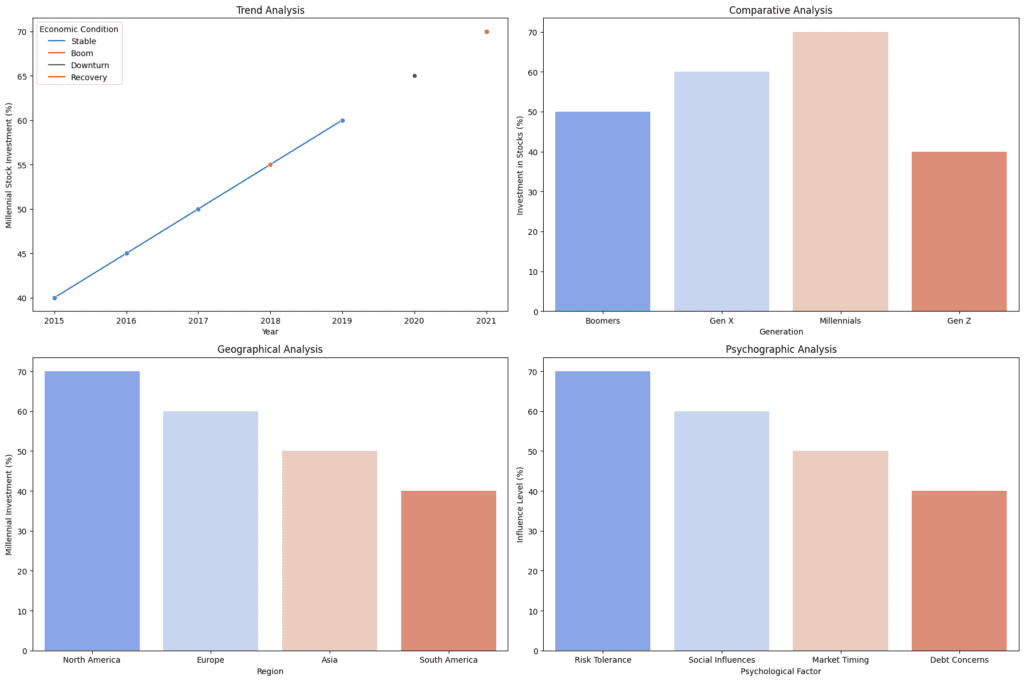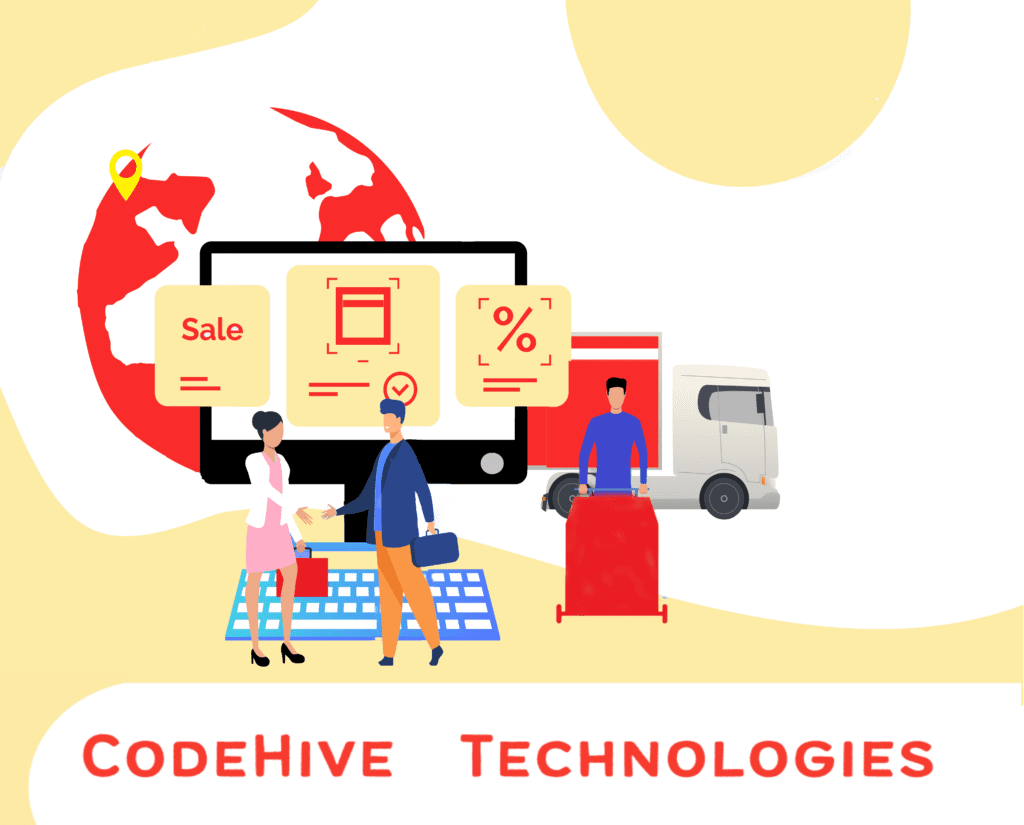Machine Learning Simplified: A Beginner’s Guide to AI
Imagine having a computer that can learn from experience, just like humans do. It’s not science fiction; it’s machine learning! In this blog post, we’re going to demystify machine learning, explain it in simple terms, and illustrate it with real-life examples so that you can understand this fascinating field even if you’re new to it.
What is Machine Learning?
At its core, machine learning is a subset of artificial intelligence (AI) that enables computers to learn from data and improve over time without being explicitly programmed. Instead of following static instructions, machine learning systems can recognize patterns, make predictions, and adapt to new information.
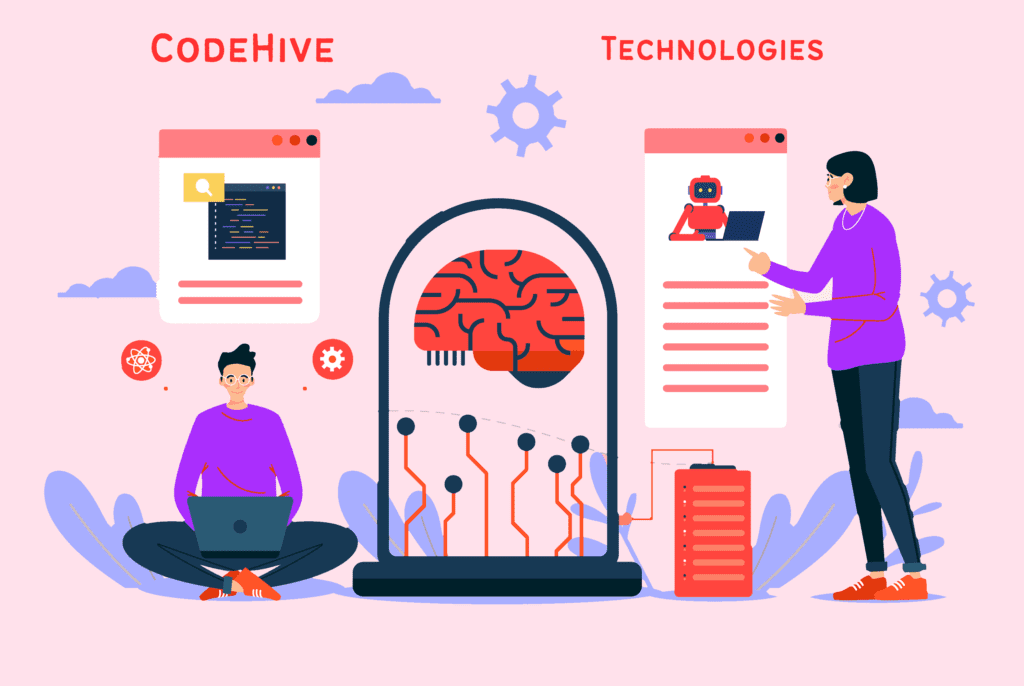
The Magic of Algorithms
Machine learning relies on something called algorithms, which are like recipes for computers. These algorithms analyze data, find patterns, and use those patterns to make predictions or decisions. Think of them as the secret sauce that makes machine learning work.
Real-Life Example 1: Spam Email Filter
Ever wondered how your email service knows which emails are spam? Machine learning plays a big role here. Initially, the algorithm doesn’t “know” what’s spam and what’s not. But as you mark emails as spam or not, it learns from your actions. Over time, it becomes better at recognizing spam based on the patterns it has seen. It’s like teaching your computer to be your personal email bouncer!
Types of Machine Learning
Machine learning comes in different flavors, but three are the most common:
Supervised Learning: This is like having a teacher supervise your learning. You provide the algorithm with labeled data (data with known outcomes), and it learns to make predictions or classifications based on that data. For example, it can predict whether an email is spam or not based on past labeled examples.
Unsupervised Learning: Here, the algorithm explores data without any supervision or labeled answers. It tries to find hidden patterns or group similar data points together. Imagine sorting a big box of assorted Legos into different piles without any labels.
Reinforcement Learning: This is like teaching a dog new tricks. An agent learns to make decisions by interacting with an environment and receiving feedback (rewards or punishments). It figures out the best actions to take to maximize its rewards over time.
Real-Life Example 2: Netflix Recommendations
When you log in to Netflix, it suggests movies and shows you might like. This is powered by machine learning. Netflix collects data on what you’ve watched and liked in the past, and its algorithms use this data to recommend new content. It’s like having a personal movie critic that keeps getting better at predicting your taste.
The Power of Data
Data is the fuel that drives machine learning. The more data an algorithm has, the better it can learn. It’s like teaching someone a new language: the more conversations they have, the better they become at understanding and speaking.
Real-Life Example 3: Self-Driving Cars
Self-driving cars use machine learning to navigate the road. They collect data from sensors, cameras, and other vehicles on the road. By analyzing this data, they learn how to recognize traffic signs, pedestrians, and other cars. Over time, they become safer and more skilled at driving.
The Future of Machine Learning
Machine learning is transforming industries like healthcare, finance, and transportation. It’s making our lives more convenient with things like voice assistants and personalized recommendations. As technology advances, machine learning will continue to evolve and amaze us.
In conclusion, machine learning is like teaching computers to learn and adapt, and it’s everywhere around us. From spam filters to self-driving cars, it’s changing the way we live and work. So, the next time you enjoy a personalized recommendation on your favorite streaming platform, you’ll know that machine learning is the magic behind it!
If you’re eager to explore the incredible possibilities of machine learning for your business but aren’t sure where to start, CodeHive is here to guide you. Our expert team combines cutting-edge technology with industry-specific knowledge to help you harness the power of machine learning. Whether you’re looking to improve customer recommendations, optimize operations, or delve into predictive analytics, we’re dedicated to making this complex field accessible and beneficial for your unique needs. Your success is our priority, and we’re ready to embark on this journey with you. Contact us today.

